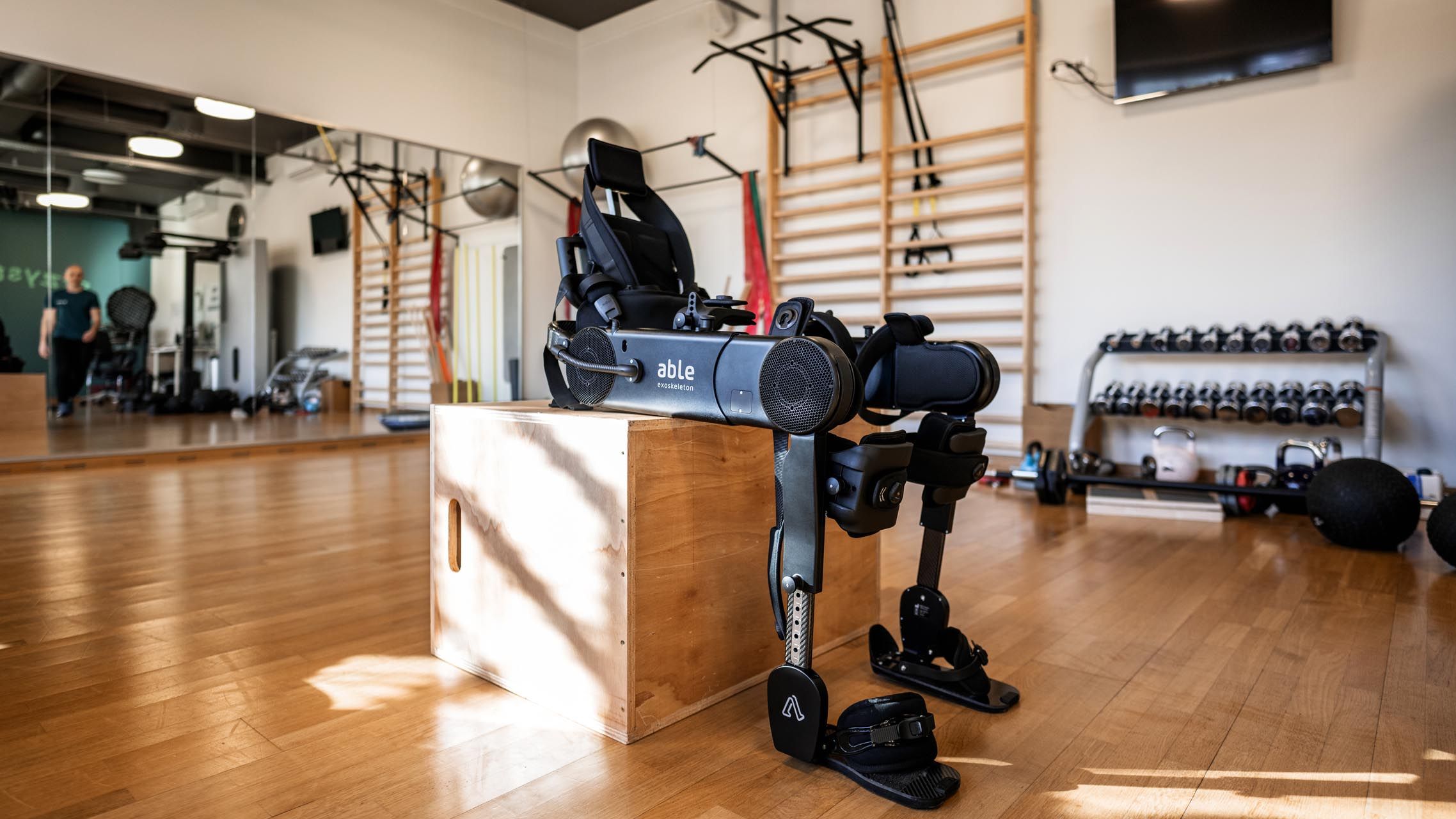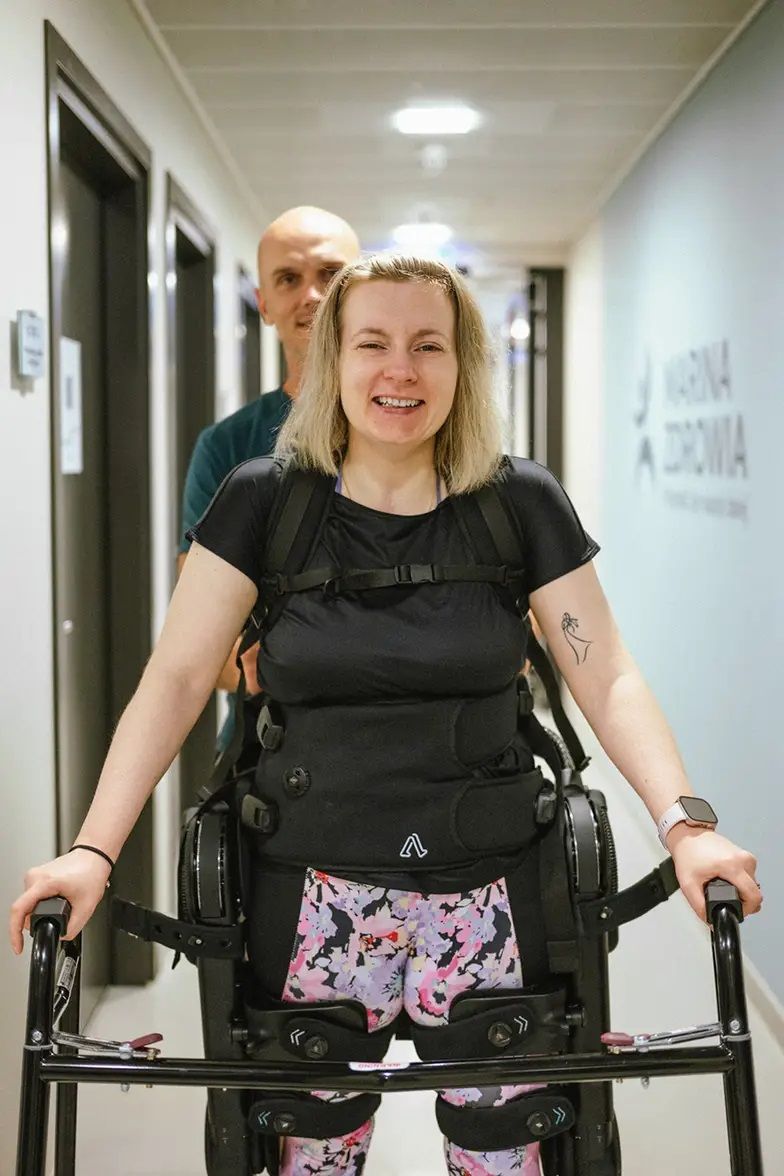Company
About ERGO
The ERGO Group at a glance
Career
Career opportunities
Realise your potential with our entry opportunities: apprenticeships, dual study programmes, internships and student jobs, as well as career starters and experienced professionals.
Jobs
Discover your career opportunities at ERGO and find the right job profile in our job market. Learn more about our application process, our employees and locations, or meet us at an event.



